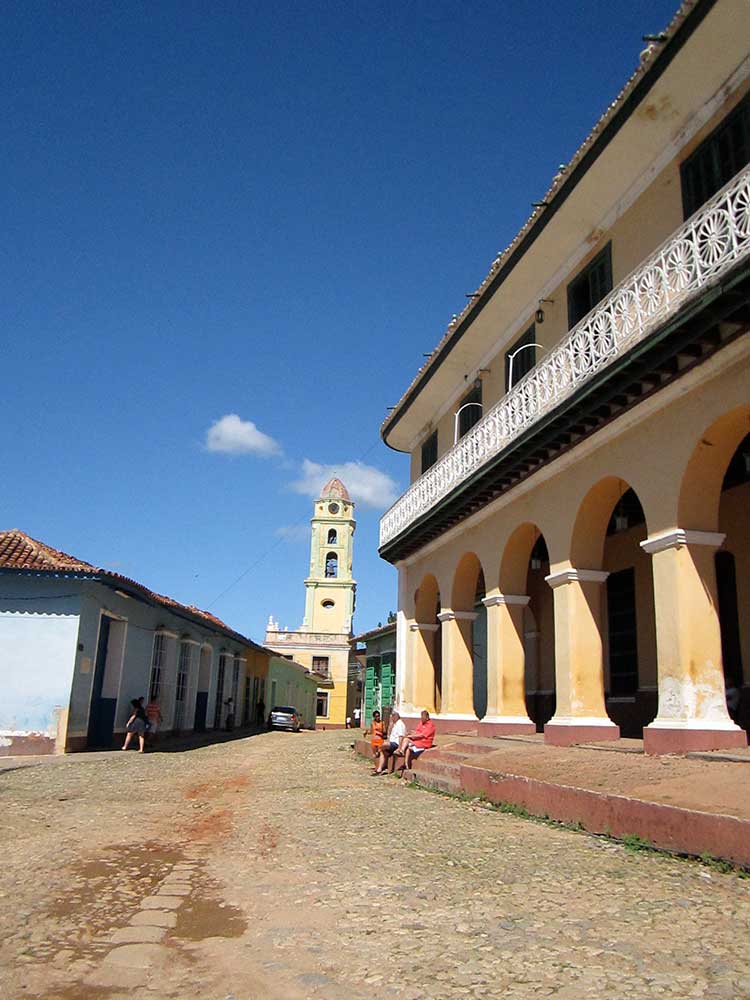Located in the former convent of St. Francis of Assisi and marked by a large colonial bell tower, this museum in the colonial town of Trinidad memorializes the Communist regime’s six-year repression of peasant uprisings in El Escambray, the country’s central mountainous region (1960-1966). Initially stoked by CIA operatives and large landowners during its first two years, the rebellions quickly became so widespread that they represented an officially unacknowledged civil war. “Abandoned” by foreign agents far more interested in the concerns of large landowners than in the dispossession of small farmers, the peasant rebels nonetheless found mass support among their class peers in El Escambray. Isolated, illiterate small farmers rejected the state’s demand to control the production, price and markets for their coffee crop. Because Cuban leaders claimed to have saved all peasants from poverty and state neglect, news of the war was taboo then and even now. Government language about the violence continues to reflect this: peasant rebels are dismissed as mere “bandits” and the war is called “the struggle against the bandits”. Trinidad de Cuba, 2001.
